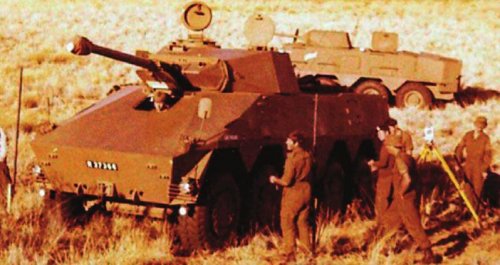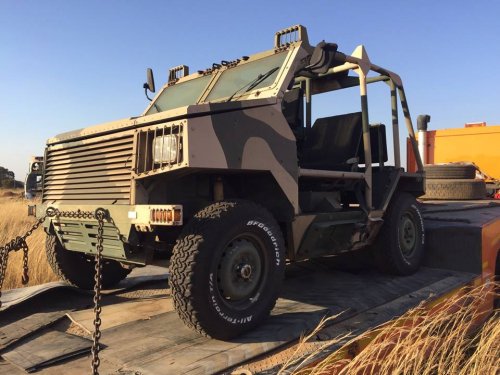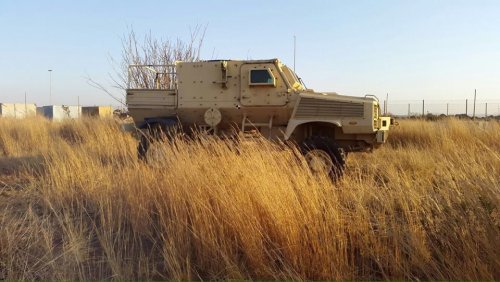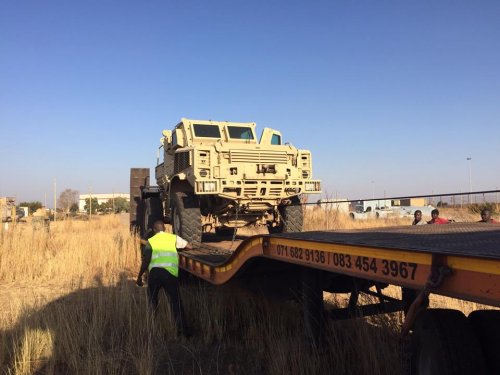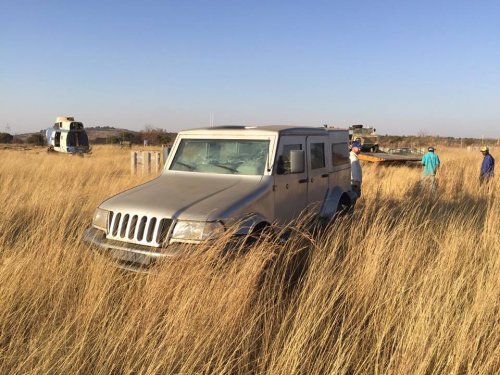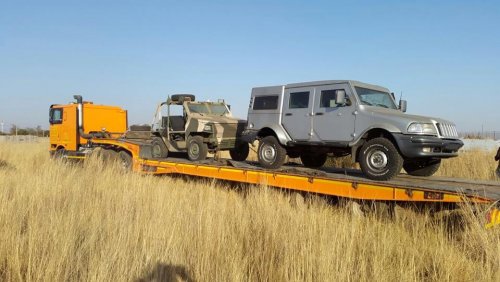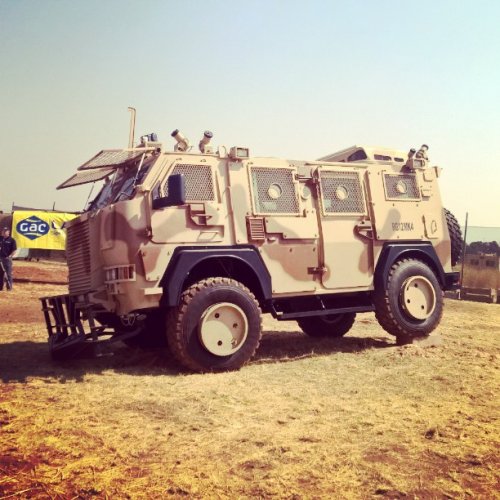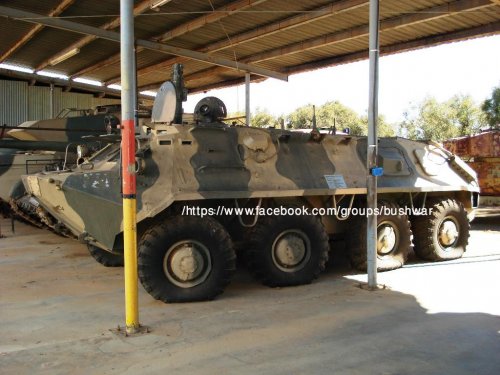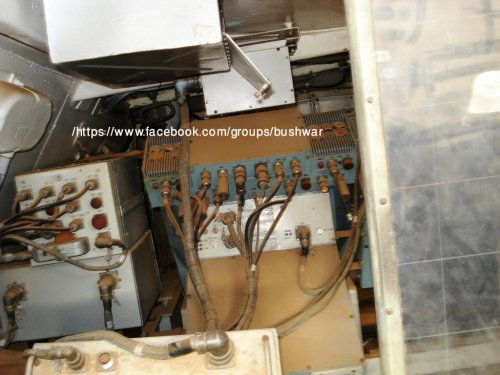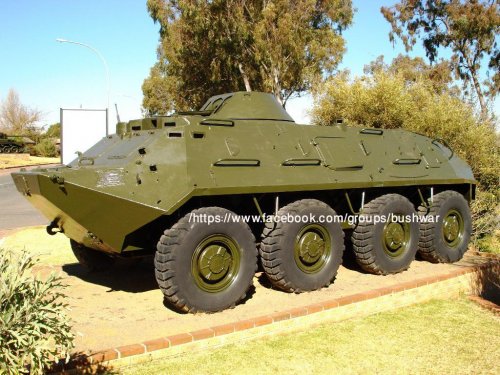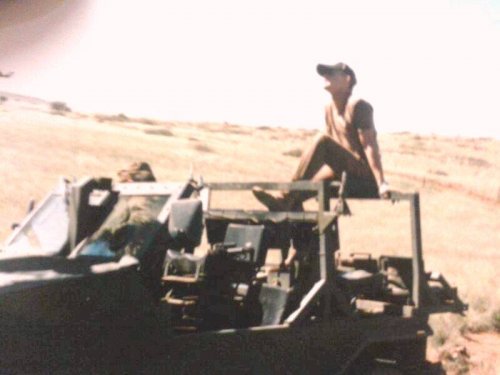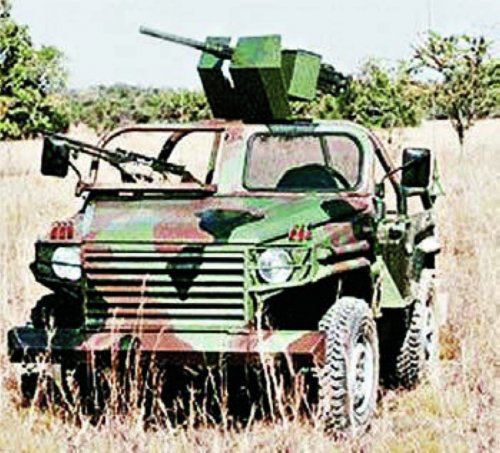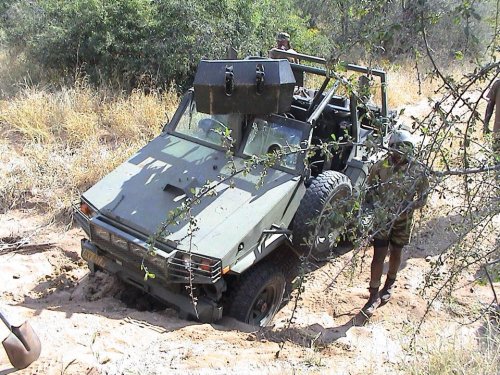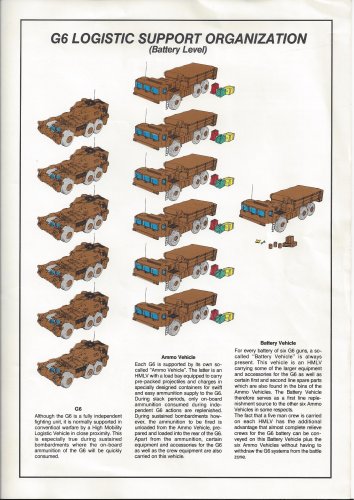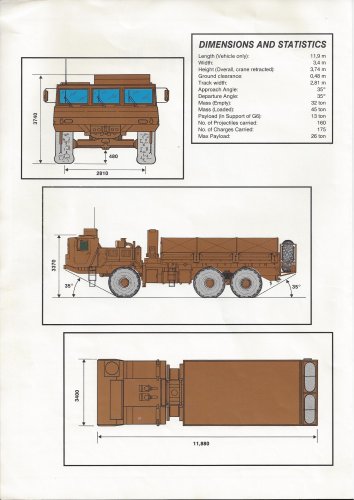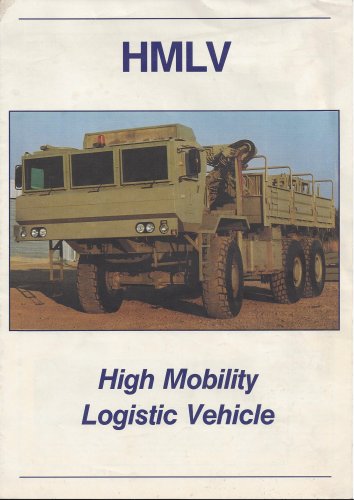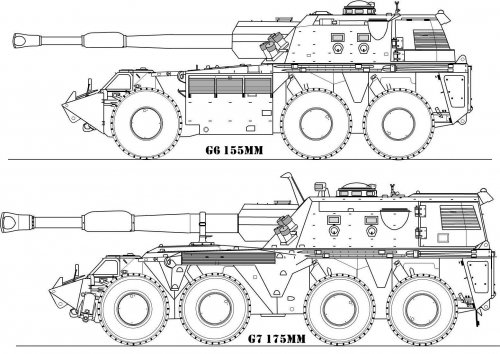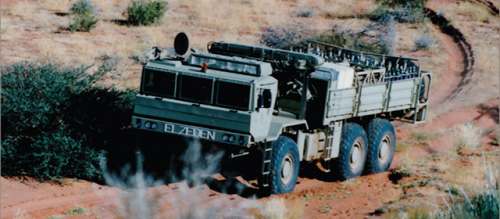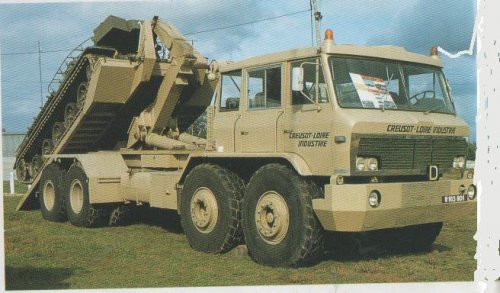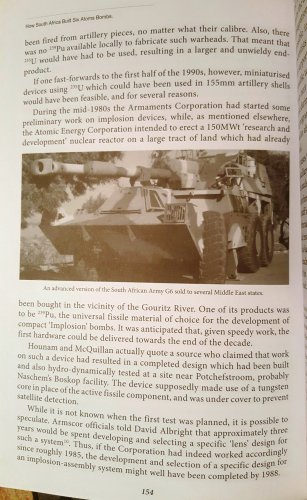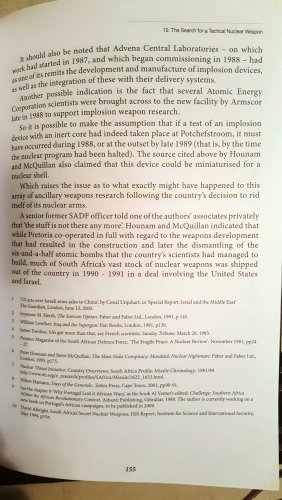sa_bushwar said:
Does the book mention anything about prototype work to use artillery as a means to deliver nuclear devices? With the artillery technology available in SA at the time and connections with Israel, a 155m or even 175mm nuclear shell delivered by a G6 or even G7??? 175mm system was surely feasible and less costly than Jericho? Such a 175mm gun is conceptualized below.
If you can build a nuclear weapon to fit inside a 175mm shell then it’s not a big leap to build one that can fit inside a 155mm shell. Especially a long shell like the 155mm ERFB used by the SADF in the G5 and G6. As to any nuclear artillery shell being cheaper to develop and build than the Jericho missile I doubt that very much.
Nuclear artillery shells use very different warhead designs than the more typical
implosion bomb as built by South Africa for their WMD program. This is because such typical nuclear warheads require large diameters to enclose their circular or spherical implosion device. Nuclear artillery shells use either “gun-type” nuclear warheads (like that used on Hiroshima) or linear implosion warheads. Gun-types are simple to build but require large amounts of HEU to work and linear implosion warheads also have low efficiency (low explosive output compared to fissile material used) and are very complex.
Realistically South Africa would require a second nuclear warhead design program and fissile material production line to produce nuclear artillery. Or go without the kind of high yield warhead that they built which can be dropped by an aircraft (or fired by a Jericho) to destroy a theatre level target like a port or airbase. Which was the strategic requirement to enable South Africa to defeat any major Soviet intervention into Southern Africa. The cost of building the Jericho class rocket to provide an assured delivery means is nowhere near that needed to develop an entirely different nuclear warhead and fissile material production capability.
And even if South Africa did build a warhead able to fit into an artillery shell it would have to be hardened to survive the far higher G forces of artillery launch compared to rocket launch. Such a warhead would likely be quite big by artillery standards. An 8-12” gun is far more likely. The smallest gun-type warheads for artillery built by the USA required an 8” gun to fire.
8-12” guns provide the added advantage of longer range to enable better standoff and deep fires of the likely 10-40 kt yield. Since it is likely to be a limited issue weapon operated in no more than pairs to provide the nuclear capability (with backup) it doesn’t need to have many of the capabilities of conventional direct support artillery. Something more like the M65 Atomic Annie than the G6 Rhino would be needed. The G6 chassis or LZN would make for a likely deployment tractor but there would be no need for an enclosed turret to enable sustained fire and protect a large on-board unit of fire.
Such a weapon would only be needed if South Africa faced a massed conventional invasion with the enemy holding total air superiority. Even the Soviet Army is unlikely to achieve the later in southern Africa considering the large areas between usable airbases. In which case the SAAF would still be able to sortie low level air strikes to delivery toss bombs of nuclear warheads. Which would achieve the same (actually better) effect as the nuclear artillery.
Also since massed conventional invasion of South Africa would only require 10-20 divisions (at the most) and would be spread over distances measured in the thousands of kilometres there would be no need for a large number of nuclear warheads to service the kind of target density faced by NATO in central Europe. In which case the NATO argument for nuclear artillery would not apply. TACAIR or IRBM delivered bombs would be sufficient for the entire set of targets in theatre.

